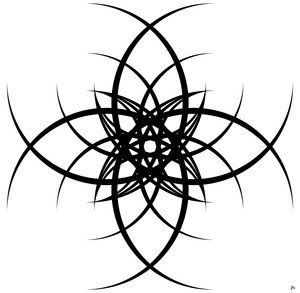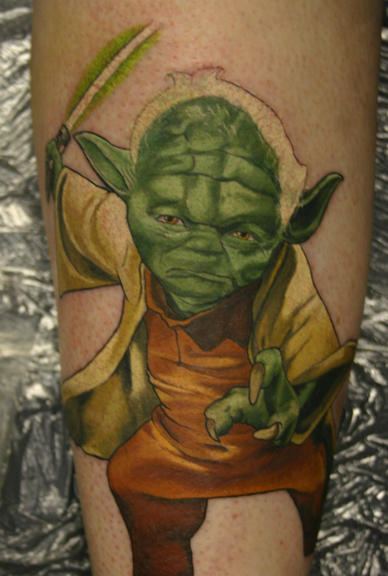Butterfly Tattoo Gallery
Butterfly Tattoo is one of the most popular Tattoo designs which people jus love getting! In a Butterfly Tattoo Gallery, people can get varied styles and designs of Butterfly Tattoo. The adults do not only visit Butterfly Tattoo Gallery but also the young teenagers like getting Butterfly Tattoos done! The Butterfly Tattoo designs at a Butterfly Tattoo Gallery are available in several styles! One can get Celtic Butterfly Tattoo, Tribal Butterfly Tattoo and many more!
Butterfly Tattoo designs of Butterfly Tattoo Gallery not only come in different styles but also in different colors and sizes. Some of the popular colors used by Tattoo makers of the Butterfly Tattoo Gallery include Blue, Red, Yellow and Green. What makes a Butterfly Tattoo Gallery from other Gallery different is that it makes the best type of Butterfly Tattoos and each design looks splendid.
In some Butterfly Tattoo Gallery the Tribal Tattoo makers combine the Tribal Butterfly Tattoo designs with other elements like Flowers, Animals etc! There is also online Butterfly Tattoo Gallery where one can log on and get see the different types of Tribal Butterfly Tattoo designs currently available at the Butterfly Tattoo Gallery. The online Butterfly Tattoo Gallery sites also give information about the prices of each Butterfly Tattoo design.
A Butterfly Tattoo Gallery always uses expert tattoo makers who can make the Butterfly Tattoo on any part of the body. Usually when the people visit a Butterfly Tattoo Gallery they get the Butterfly Tattoos done on their backs, arms, lower backs, shoulders etc. one should be careful of a Butterfly Tattoo Gallery offering excessively cheap rated Butterfly Tattoos as in such case the Butterfly Tattoos can be of bad quality and applying such tattoos can be unhealthy!
What Is a Tattoo?
 Let's quickly remind ourselves exactly what a tattoo is: A tattoo is a permanent mark or design made on the body when pigment is inserted into the dermal layer of the skin through ruptures in the skin's top layer.
Let's quickly remind ourselves exactly what a tattoo is: A tattoo is a permanent mark or design made on the body when pigment is inserted into the dermal layer of the skin through ruptures in the skin's top layer.
Modern-day tattoos are applied by using an electric tattoo machine with needles that rapidly puncture the skin with an up and down motion not unlike that of a sewing machine.
Wednesday, December 17, 2008
Subscribe to:
Post Comments (Atom)
How Do Lasers Remove Tattoos?
 How Do Lasers Remove Tattoos
Lasers work by producing short pulses of intense light that pass harmlessly through the top layers of the skin to be selectively absorbed by the tattoo pigment. This laser energy causes the tattoo pigment to fragment into smaller particles that are then removed by the body's immune system. Researchers have determined which wavelengths of light to use and how to deliver the laser's output to best remove tattoo ink. (If you're wondering if the laser might also remove normal skin pigment, don't worry. The laser selectively targets the pigment of the tattoo without damaging the surrounding skin.)
How Do Lasers Remove Tattoos
Lasers work by producing short pulses of intense light that pass harmlessly through the top layers of the skin to be selectively absorbed by the tattoo pigment. This laser energy causes the tattoo pigment to fragment into smaller particles that are then removed by the body's immune system. Researchers have determined which wavelengths of light to use and how to deliver the laser's output to best remove tattoo ink. (If you're wondering if the laser might also remove normal skin pigment, don't worry. The laser selectively targets the pigment of the tattoo without damaging the surrounding skin.)
Sexy Tattoo for Women video
Tattoo inks
 Modern tattooing inks are carbon based pigments that have uses outside of commercial tattoo applications. Although the United States Food and Drug Administration technically requires premarket approval of pigments it has not actually approved the use of any ink or pigments for tattooing (because of a lack of resources for such relatively minor responsibilities).[citation needed] As of 2004 the FDA does perform studies to determine if the contents are possibly dangerous, and follow up with legal action if they find them to have disallowed contents, including traces of heavy metals (such as iron oxide) or other carcinogenic materials (see CA lawsuit). The first known study to characterize the composition of these pigments was started in 2005 at Northern Arizona University (Finley-Jones and Wagner).
The FDA expects local authorities to legislate and test tattoo pigments and inks made for the use of permanent cosmetics. In California, the state prohibits certain ingredients and pursues companies who fail to notify the consumer of the contents of tattoo pigments. Recently, the state of California sued nine pigment and ink manufacturers, requiring them to more adequately label their products.
Modern tattooing inks are carbon based pigments that have uses outside of commercial tattoo applications. Although the United States Food and Drug Administration technically requires premarket approval of pigments it has not actually approved the use of any ink or pigments for tattooing (because of a lack of resources for such relatively minor responsibilities).[citation needed] As of 2004 the FDA does perform studies to determine if the contents are possibly dangerous, and follow up with legal action if they find them to have disallowed contents, including traces of heavy metals (such as iron oxide) or other carcinogenic materials (see CA lawsuit). The first known study to characterize the composition of these pigments was started in 2005 at Northern Arizona University (Finley-Jones and Wagner).
The FDA expects local authorities to legislate and test tattoo pigments and inks made for the use of permanent cosmetics. In California, the state prohibits certain ingredients and pursues companies who fail to notify the consumer of the contents of tattoo pigments. Recently, the state of California sued nine pigment and ink manufacturers, requiring them to more adequately label their products.



















No comments:
Post a Comment